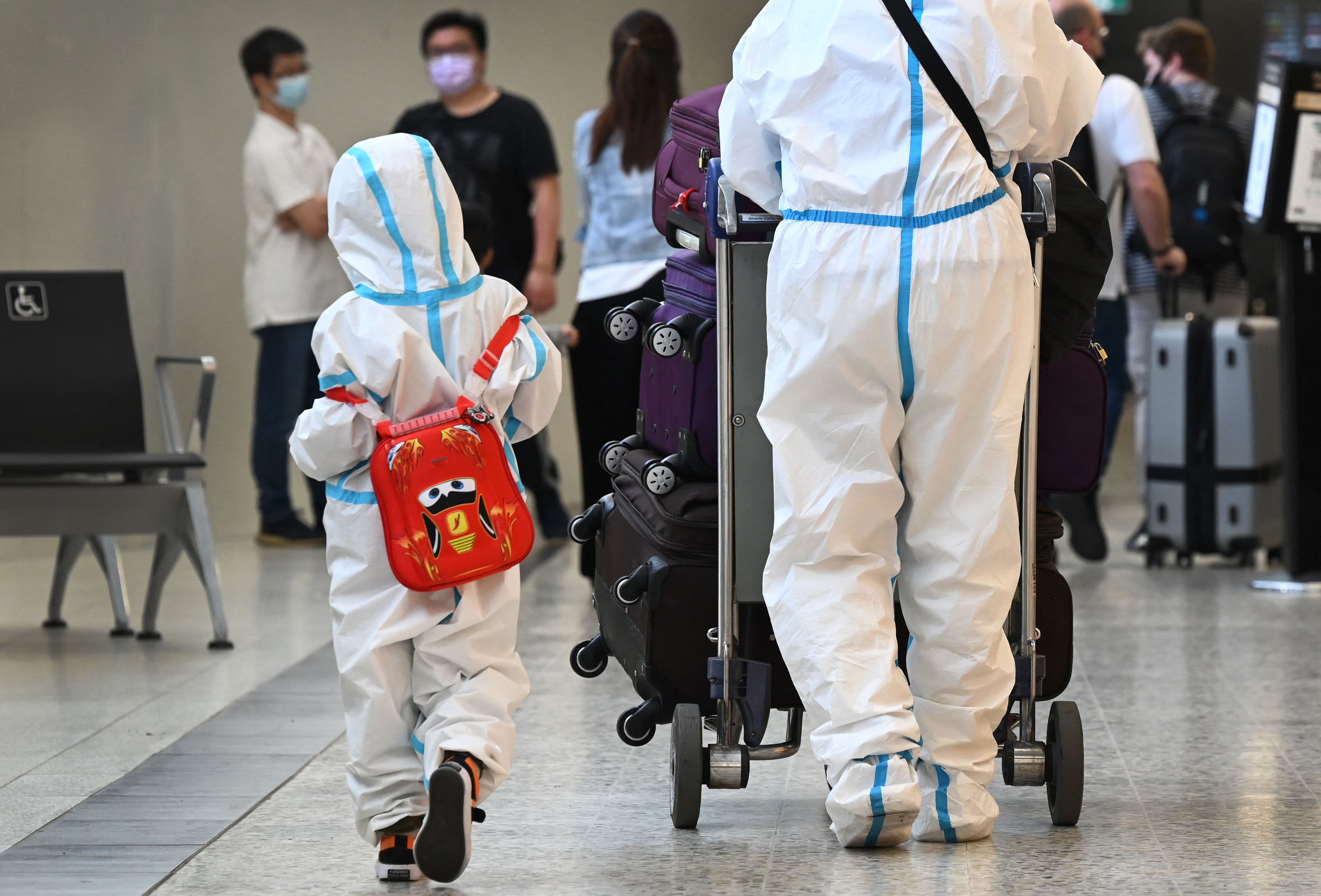This interactive map shows where the Covid omicron variant has been detected

From the U.S. to Germany and Saudi Arabia to Australia, the Covid-19 omicron variant has spread to dozens of countries globally.
The World Health Organization has labeled omicron, which was first detected by South African scientists, a “variant of concern” due to a large number of mutations that could make the variant more contagious.
Much remains unknown about the variant, initially referred to as B.1.1.529. Scientists are studying if it is more transmissible, causes more severe illness and deaths, as well as whether tests, therapeutics and vaccines are effective against it.
Still, the emergence of the omicron variant has led some countries to tighten border restrictions and triggered fresh concerns about the health of the global economy. Meanwhile, dampening investor sentiment rocked global markets.
Ratings agency Moody’s said the omicron variant has injected new uncertainty just as many countries were moving to a semblance of post-pandemic normalcy.
“The discovery of Omicron underscores our view that the COVID-19 pandemic remains a health threat, as well as the chief source of uncertainty to the global economy and a driver of financial market volatility,” Moody’s said in a Tuesday report.
The Covid pandemic — which started early last year — has seen more than 263 million reported infections globally and over 5.2 million known deaths, according to data compiled by Johns Hopkins University as of Wednesday.
More than 8 million doses of Covid vaccine have been administered, Hopkins data showed. But many low-income countries — particularly those in Africa — have vaccinated less than 10% of their population, according to statistics by online repository Our World in Data.




